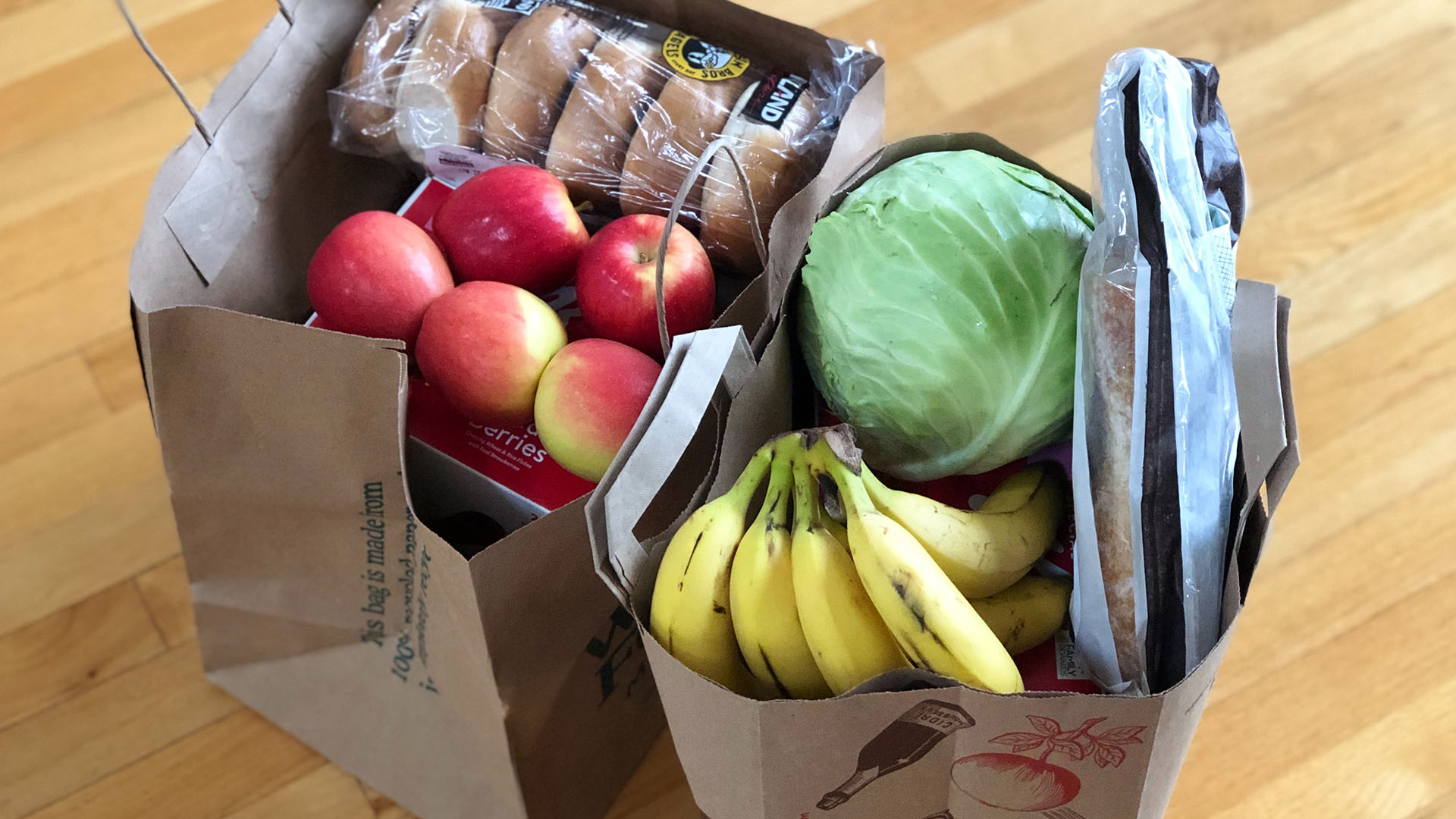Published by
Digital-first customers are highly valuable for grocers, but reaching them requires the right communication strategy and a commitment to seamless ordering, writes Rajesh Midha of Bottle Rocket.
Many consumers have changed their grocery shopping habits and behaviors in response to the coronavirus outbreak, turning in droves to online ordering. The customer base for online orders has grown from 16.1 million active users last August to 37.5 million this August — a trend that will likely remain strong in a post-COVID environment due to ease and convenience of the service. And for many grocers, keeping up with these new customers’ expectations can be a significantly daunting task.
One of the biggest challenges facing grocers today is the ability to engage and retain customers online, particularly the “connected customer,” in a highly competitive and thriving market, with the likes of Amazon and Walmart in the lead and poised to cause major digital disruption.
The “connected customer” is a relatively new term used to describe those customers that solely interact with brands through digital means such as websites, apps or Alexa skills. They want simple and seamless experiences that are both efficient and fun. They want to do business with you when they want and on their terms, while being respected. And they want a personalized experience that feels like it was designed just for them.
These customers, who span every generation from Gen Z to Baby Boomers, also measure every experience against one another — regardless of what that brand provides or sells — and expect to be able to quickly and easily find what they want, execute the transaction and move on. If it’s not easy, they’ll just skip straight to moving on.
Even though many grocers may still not fully understand their connected customers just yet, it’s something that should receive significant attention. Grocers should be locked into finding and cultivating the connected populace for the simple reason that these customers are already more valuable than non-connected customers.
Here are three key ways grocers can appeal to the connected customer and drive long-term growth:
Capitalize on the Rise of Mobile Ordering
The grocery sector has a lot to learn from the quick-service restaurant industry, which has been a leader in digital innovations like mobile ordering and delivery. With shoppers’ familiarity and preference for the mobile ordering experience increasing, grocers must continue to adapt and tap into this engagement opportunity.
When connected customers have a great digital experience, they want all of their brand experiences to be just as simple. This applies when they are shopping for groceries online. They want to easily navigate the app or site and find fast payment options (i.e., through Apple Pay or PayPal) along with weekly online circulars and fast delivery options — all with their dietary requirements and preferences in mind.
In-app integration of loyalty, delivery and payment are now requirements for success with the connected customer. Simply having a robust mobile ordering system will not get your business as far as it did a few years ago. Changing customer expectations will require your brand to find new ways to surprise, delight and reward your customers through your mobile ordering experience.
Communicate With Care
No matter which channel brands leverage to communicate with customers, the act of sending direct messages is associated with higher levels of engagement. Shoppers who get brand messages through a single channel — like email, push or in-app messages — see 179% higher engagement levels than those who receive no messages, according to customer engagement platform Braze. Engagement rises another 166% when companies employ two channels to communicate.
To demonstrate respect, grocers first need to be explicit and transparent. Even something as simple as a “we would like to use your data to help you with our products and services” message, with an opt-in button, can go a long way toward cultivating that respect.
It is also essential that these forms of communication are highly personalized and centered on the customer’s dietary requirements and preferences. There is no value in sending information on a meat product if the customer classifies as a vegetarian. Self-service data collection and engagement platforms are rapidly expanding into brand ecosystems to minimize the amount of time spent monitoring customers’ browsing behavior, which is required for highly targeted and personalized marketing campaigns.
These modern tools typically require a simple software development kit and tracking functions to be implemented, and the rest is managed in an intuitive interface that allows teams to focus on what they do best.
Always Update and Improve
For any digital product, retention is an area where many businesses can improve, as 80% of new users stop using the average app just three days after downloading it. If grocers don’t demonstrate value to their users early and often to turn them into habitual users, their product will not be used long term.
Grocers should, therefore, actively identify and act upon opportunities for improvement within their digital ecosystem, whether regularly updating the design of the user interface or decreasing the time it takes users to complete actions. Companies would also see value in improving their communication and marketing strategies, working with data analytics to deliver highly targeted cross-channel messaging campaigns (through geo-based push notifications, for instance) and helping to drive customer engagement and app exposure.
In today’s competitive grocery market, it takes more than just a digital presence to earn retention. You have to constantly innovate and engage with customers. This is especially true for connected customers, who expect their favorite brands to excite them with new features and offerings on a regular basis.
Grocery brands should continue to tap into the opportunity presented to them by the online shopping market, and actively identify and act upon opportunities for improvement to provide a more robust and competitive digital experience fit for today’s connected customer.




